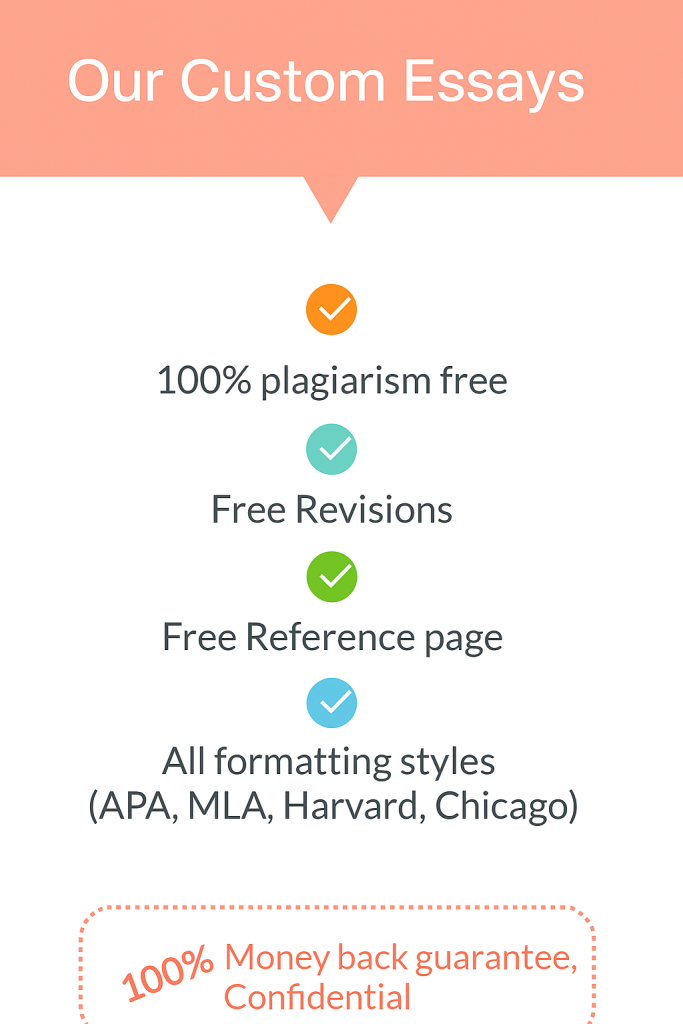A descriptive essay is a piece of writing that concentrates on describing a person, place, object, experience, or event using specific language and inter-sensory imagery. Instead of explanations or analysis, the aim is rather to describe in a way that a reader is able to visualize and emotionally connect with the topic. Descriptive writing usually freezes time, unlike narrative writing, where everything is about happenings and action details (Okono, 2021). It uses figurative language, metaphors, similes, and choice of words well to promote the reading experience of the reader.

Major Elements of a Descriptive Essay
Although the structure of a descriptive essay can be more flexible than other academic types, the successful student essay is still to have the following parts in it:
- Introduction: Begin with a hook which attracts the reader. This can be an arresting image, a moving feeling or a strong declaration. Describe what has been talked about and give a hint of its importance. Provide a thesis or controlling idea with which the description is framed.
- Body Paragraphs: The real magic of a descriptive essay occurs within the body. Every paragraph can be devoted to a particular facet of the topic, i.e. appearance, behavior, sound, or emotional impact. Good descriptive essays include figurative language to any depth and mood, focus on the subject, and do not digress.
- Conclusion: The conclusion to a descriptive essay does not sum up arguments. Rather, it carries an impressionistic reflection about the meaning or impression that a subject has. What must the reader take away at the end of the story?
Tips for Writing an Enticing Descriptive Essay
In order to develop a good descriptive essay, the student and writer need to appeal to their senses and evoke emotions towards whatever they are writing about. The following are important tips:
- Select A Topic You Care About: Select something that you feel strongly about; this point will show in your writing. A firm choice is a childhood memory, a favorite place or a memorable person.
- Five Senses: What does it look like? What does it sound like? Which odor fills the air? Which textures are experienced? Which taste is left? The use of the senses is important to vivid writing.
- Never Tell: Do not use generic statements such as the ones that state it was a beautiful day. Rather, put it into action: The sun threw long threads of gold over the wet grass.
- Be Specific: General explanations result in flat writing. Rather than a tree, speak of a gnarled oak with twisting limbs and flaring barks.
- Be Uniform: If you have made your tone nostalgic, romantic, eerie or light-hearted, then you should be consistent in the tone to enhance the emotional appeal of your essay.
- Employ energetic expressions and descriptive verbs: Show preference for descriptive verbs and strong adjectives instead of weak verbs and adjectives that are overused. The word “walked” is changed to “strode” or “ambled”, and the word nice is altered to “radiant” or “serene.”
The Wrap-Up of Descriptive Essays
The descriptive essay stands in between observation and creativity. It enables students and authors to take their time and observe the world around them and give a visual impression to others. By concentrating on the senses, tone, and diction, the authors succeeded in making the essay not merely read but really lived. The descriptive essay is one of the most useful types to be acquired whether you intentionally want to sharpen your language skills, touch your reader with emotional appeal, or bond more with the world through writing purposes; this is a valuable type which is hard to neglect as indicated by Okono (2021).

